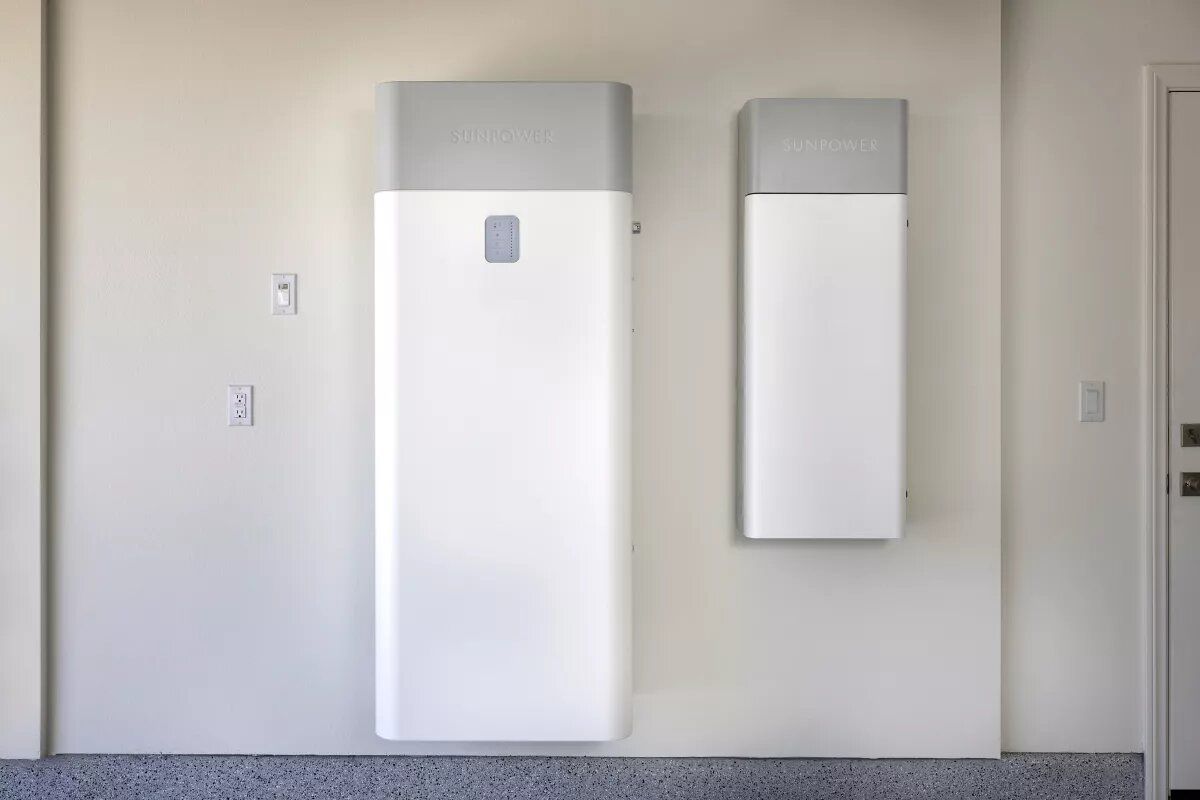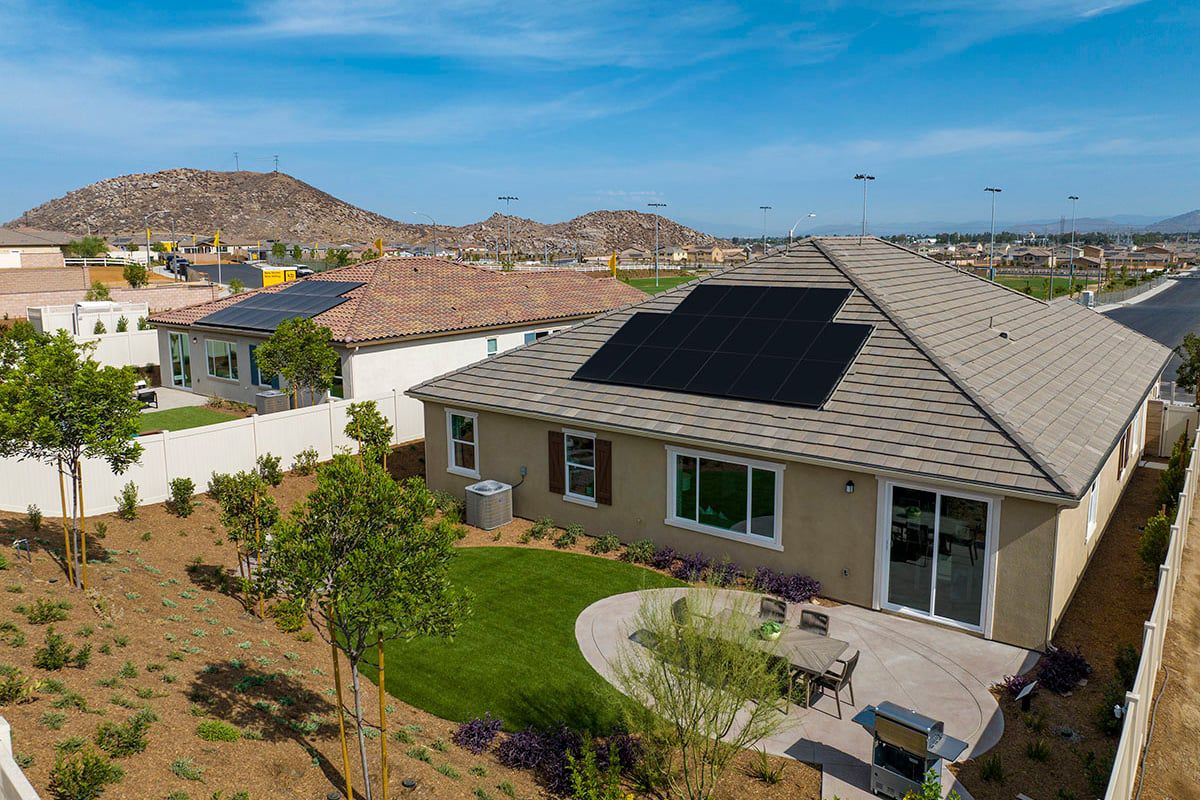A neighborhood in Southern California could set the standard for energy-efficient homes throughout the country.
The U.S. Department of Energy (DOE) gave KB Home $6.65 million to develop an experiment in energy-resilient housing.
An electric experiment
200+ single-family homes will be a part of this energy-resiliency experiment from the DOE, KB Home, SunPower Corp. and others in the Inland Empire of Southern California.
They chose Menifee in Riverside County as a test bed community for this project because of its open space to build an all electric community from the ground up.
KB Home told us it would not make sense to build a new set of homes with a community that already has gas and electricity. So, the site in Menifee made sense.
Their goal is to find solutions to help lower a homebuyers’ carbon footprint and let this experiment serve as a template for homebuilding in other regions of the nation.
A SunPower Corp. executive told us that demand is high for energy-efficient homes.
“Buyers are demanding it. They want energy-efficient homes, solar power systems, they want resiliency,” said Addison Marks, Senior Account Executive for SunPower Corp.
Each home in the microgrid community comes installed with solar panels. (KB Home)
Last summer, blazing temperatures and raging wildfires forced California power companies like Southern California Edison and Pacific Gas & Electric to issue rolling blackouts to conserve power.
Spectrum News spoke to Scott Hansen, who’s the Vice President of Forward Planning and Land Development at KB Home. He played a central role in designing these smart homes.
Hansen said his goal in designing this community was to protect families from power outages during heat waves and other weather extremes in SoCal.
“If you were to have a wildfire, we lost the transmission lines going to the power plants. Everything else is dark, but this community produces its own power… this community stores its own power. It can operate for pretty of extend periods of time on an island all by itself,” said Hansen. .
Microgrid communities
What makes this experiment unique are the homes themselves.
The houses are the first all-electric, solar and battery-powered microgrid communities in the Golden State.
Hansen told us two neighborhoods in the area will share a 2.3-megawatt-hour “community battery” and be able to operate independently from the power grid in the event of a power outage.
“It’s a community that can power its self separate from the grid everyone sees in the community,” said Hansen.
In a partnership with SunPower Corp., Schneider Electric and other companies each home comes with solar panels, an EV charger, a high-tech water heater, and an app that lets you monitor your real-time energy use.

SunPower’s SunVault storage system. (SunPower)
Hansen says these smart homes could reduce family’s energy use by 40%.
An energy-resilient future
Construction is still underway for homes in the microgrid community. Some homes are already being sold too. The earliest move in for families is Spring 2023.
Once all the homes and the microgrid battery are online, the University of California Irvine will study microgrid’s performance over the next four years and report is data back to the DOE.
According to the DOE’s website, their goal is to “demonstrate reliability and resilience, cost-effectiveness, and benefits to customers and the utility from Connected Community microgrids.”
Hansen says this microgrid experiment could pioneer the future of powering communities in Southern California and beyond from natural gas to electric. .
“There are a lot of things in this community our customer may never see. But the fact that it functions when they need it to in an emergency that is successful. Having a satisfied customer who has the reliability of a home and a community that will survive the worst of power outages we’ve seen,” said Hansen.
Our team of meteorologists dives deep into the science of weather and breaks down timely weather data and information. To view more weather and climate stories, check out our weather blogs section.

